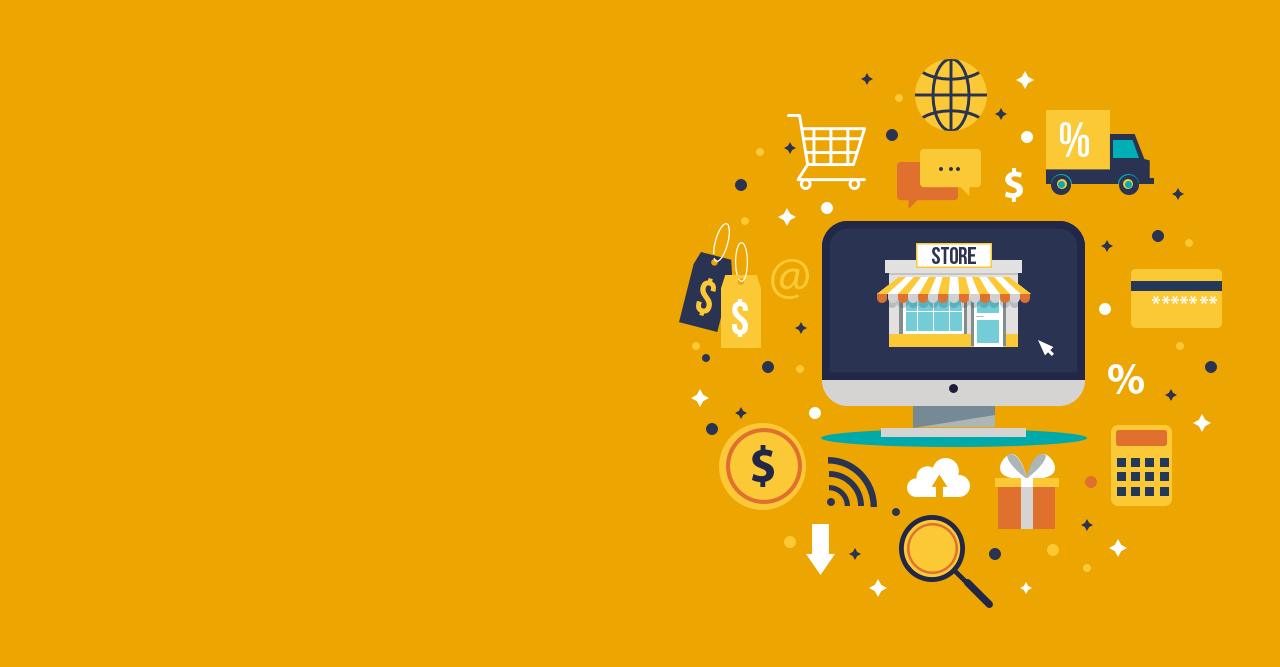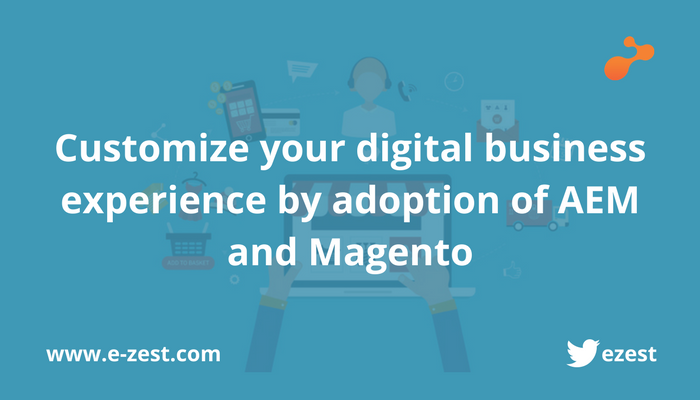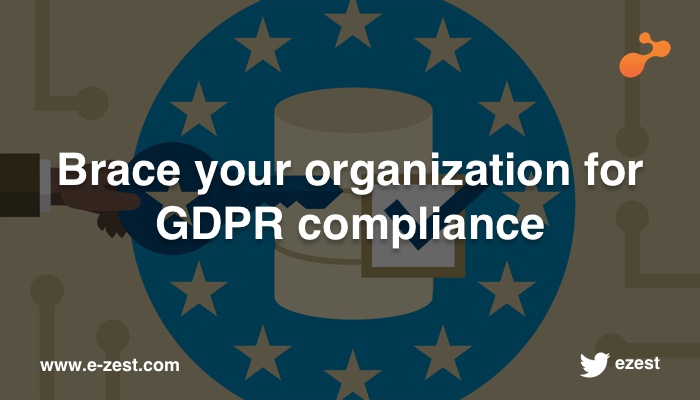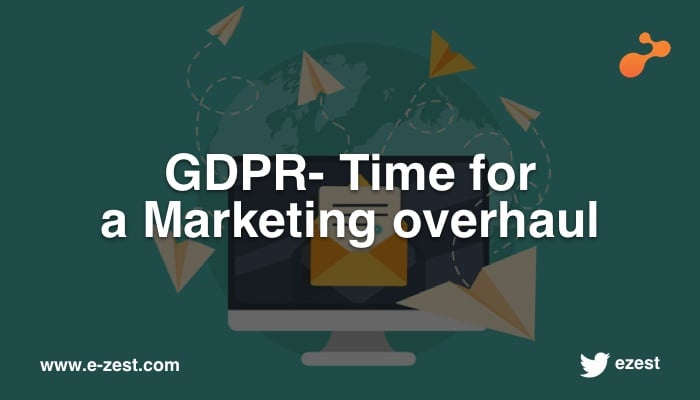While B2B organizations have received their inspiration for e-Commerce from B2C websites, their sales cycle remains very different from that of B2C. This has both advantages to exploit and potholes to avoid.
Let’s explore a few factors that indicate why B2B and B2C e-Commerce portals have to operate differently. This would aid in bootstrapping your digital commerce project rather than copying a boilerplate from B2C.
The number of people involved - There are not many people involved in B2C purchases. Most of the time the end consumer is the buyer. However, in case of B2B, there are many people involved in the decision-making process: an end user who is going to consume the product, the purchase manager who will coordinate the complete process, the finance manager who will evaluate taxation and budget issues etc. These people operate from different offices or different territories. Therefore, the product information page has to satisfy the need for different perspectives. If you have already mapped the persona of the buyers then you can prioritize information for buyer's consumption. This would enhance the experience of buyers, as they do not have to continuously scroll and figure out their section of interest on the product page.
Duration of the purchase cycle - B2B purchases are not impulse driven. These purchases are very thoughtful. In many organizations, it is a practice that for every important purchase several quotes are to be sought from multiple vendors. Moreover, even within the purchasing department, a series of people undertake specialized tasks of identifying a suitable product and vendor. Purchasing, therefore, takes longer in B2B settings. During this period, your portal needs to look and behave consistently since each of these actors first accessed it. So rather than storing critical information in a cookie, it is important to consider storing it at the server level so that the user can start from where he/she left off irrespective of the device for accessing the portal.
Territorial spread - B2C purchases are within a particular country whereas B2B operates across borders. That means you have to consider inter-territorial legalities and taxation while designing your pricing strategy. It is advised that based on the IP address of the device used to access the page, the organization should already figure out the country of the buyer and show appropriate pricing breakdown with other required information. This would avoid shocks at the end of the procurement. In addition, the deliveries of the product should be accompanied by necessary delivery related documentation and customs related documents.
These are just a few areas where B2B e-Commerce has to operate differently, which is radically different from that of a B2C buyer journey. The biggest challenge is to offer a consistent experience to the people involved in decision making over a prolonged period from possibly different countries.
Let’s explore a few factors that indicate why B2B and B2C e-Commerce portals have to operate differently. This would aid in bootstrapping your digital commerce project rather than copying a boilerplate from B2C.
The number of people involved - There are not many people involved in B2C purchases. Most of the time the end consumer is the buyer. However, in case of B2B, there are many people involved in the decision-making process: an end user who is going to consume the product, the purchase manager who will coordinate the complete process, the finance manager who will evaluate taxation and budget issues etc. These people operate from different offices or different territories. Therefore, the product information page has to satisfy the need for different perspectives. If you have already mapped the persona of the buyers then you can prioritize information for buyer's consumption. This would enhance the experience of buyers, as they do not have to continuously scroll and figure out their section of interest on the product page.
Duration of the purchase cycle - B2B purchases are not impulse driven. These purchases are very thoughtful. In many organizations, it is a practice that for every important purchase several quotes are to be sought from multiple vendors. Moreover, even within the purchasing department, a series of people undertake specialized tasks of identifying a suitable product and vendor. Purchasing, therefore, takes longer in B2B settings. During this period, your portal needs to look and behave consistently since each of these actors first accessed it. So rather than storing critical information in a cookie, it is important to consider storing it at the server level so that the user can start from where he/she left off irrespective of the device for accessing the portal.
Territorial spread - B2C purchases are within a particular country whereas B2B operates across borders. That means you have to consider inter-territorial legalities and taxation while designing your pricing strategy. It is advised that based on the IP address of the device used to access the page, the organization should already figure out the country of the buyer and show appropriate pricing breakdown with other required information. This would avoid shocks at the end of the procurement. In addition, the deliveries of the product should be accompanied by necessary delivery related documentation and customs related documents.
These are just a few areas where B2B e-Commerce has to operate differently, which is radically different from that of a B2C buyer journey. The biggest challenge is to offer a consistent experience to the people involved in decision making over a prolonged period from possibly different countries.





